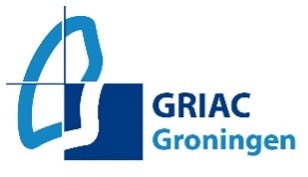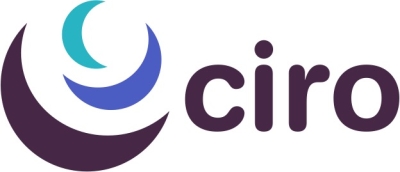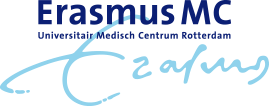Why and in which COPD patient might nocturnal non-invasive ventilation be effective?
While long-term non-invasive ventilation (NIV) in COPD patients with chronic hypercapnic respiratory failure showed improved clinical outcomes we do not know its mechanism. Together with industry, that develops ventilators for NIV, an innovative study was set up to investigate what is happening inside the lungs of a patient who is using the ventilator every night for 3 months.
Chronic Obstructive Pulmonary Disease (COPD) is a prevalent, disabling and progressive disease and is currently rated the third cause of death worldwide by 2030. In the Netherlands 600.000 are affected by COPD, and these numbers are still rising. The treatment options in the most severely disabled group (GOLD 4) are limited so it is needed to have a look for innovative ways of treating these patients. Long-term non-invasive ventilatory support (NIV) is one of the newer options and seems to improve survival and quality of life. However, it is not known what they exactly are treating. By unravelling its mechanism and to find out which patient is responding to NIV, they can improve the way we apply ventilatory support and they might learn which patient is a good candidate for it.
The study is a multicentre randomised controlled study investigating the effects of NIV inside the lungs including a control group that will postpone the initiation of NIV for 3 months. In addition, they will investigate how patient characteristics and inflammation predict the response to chronic NIV in severe stable COPD. In this way they can personalise NIV and this will add to treatment options in growing group of COPD patients.
The results will be presented in multiple scientific papers leading to a dissertation.






